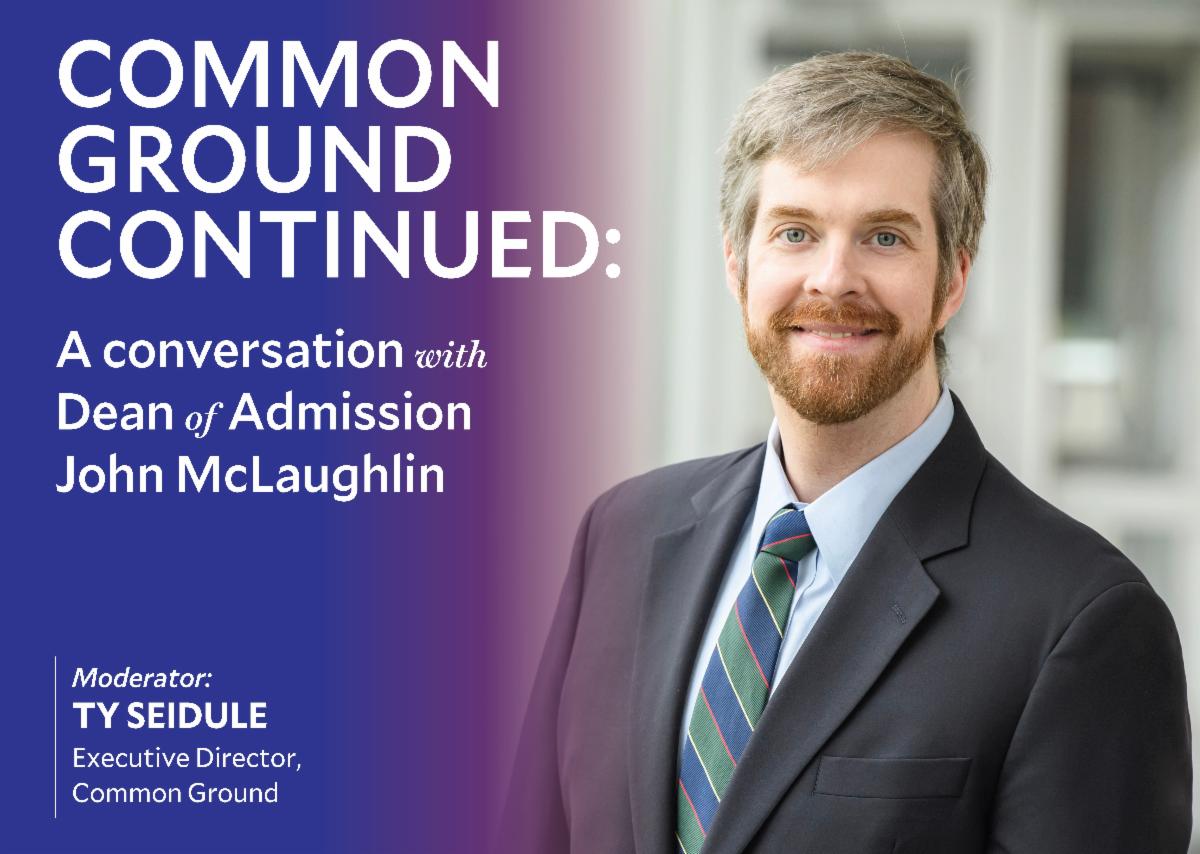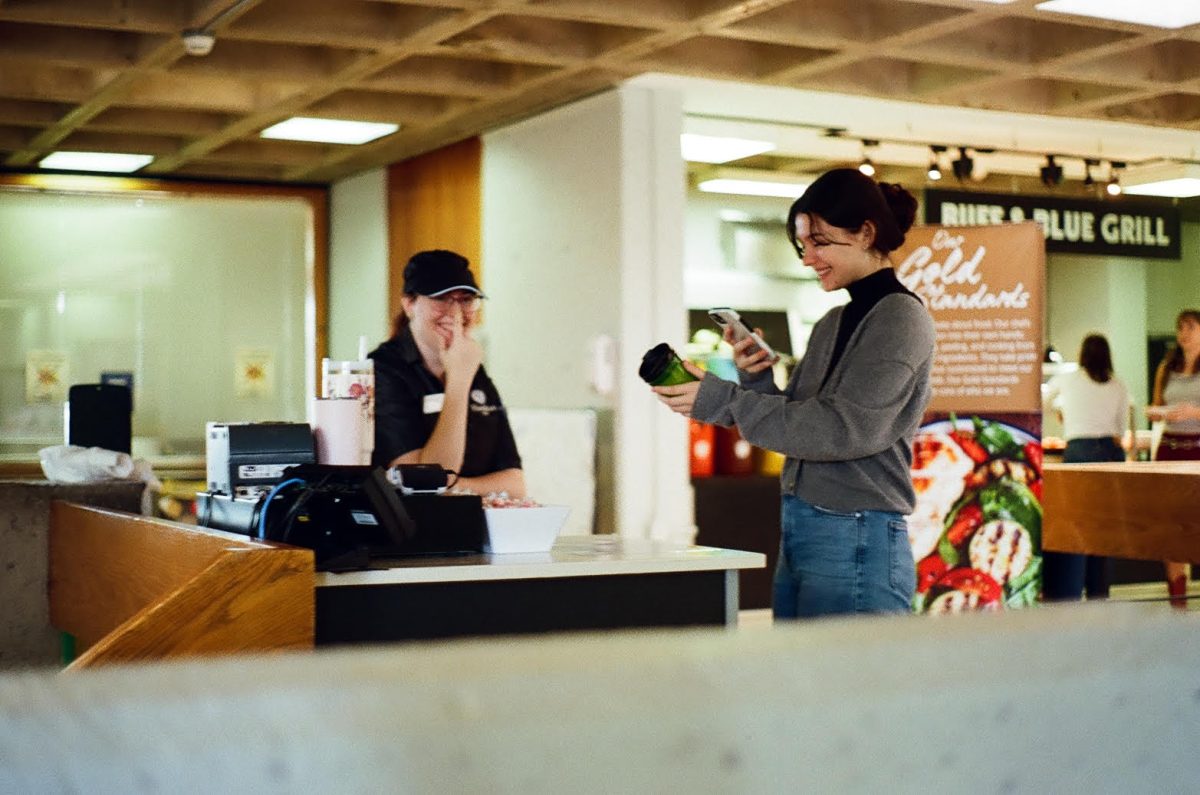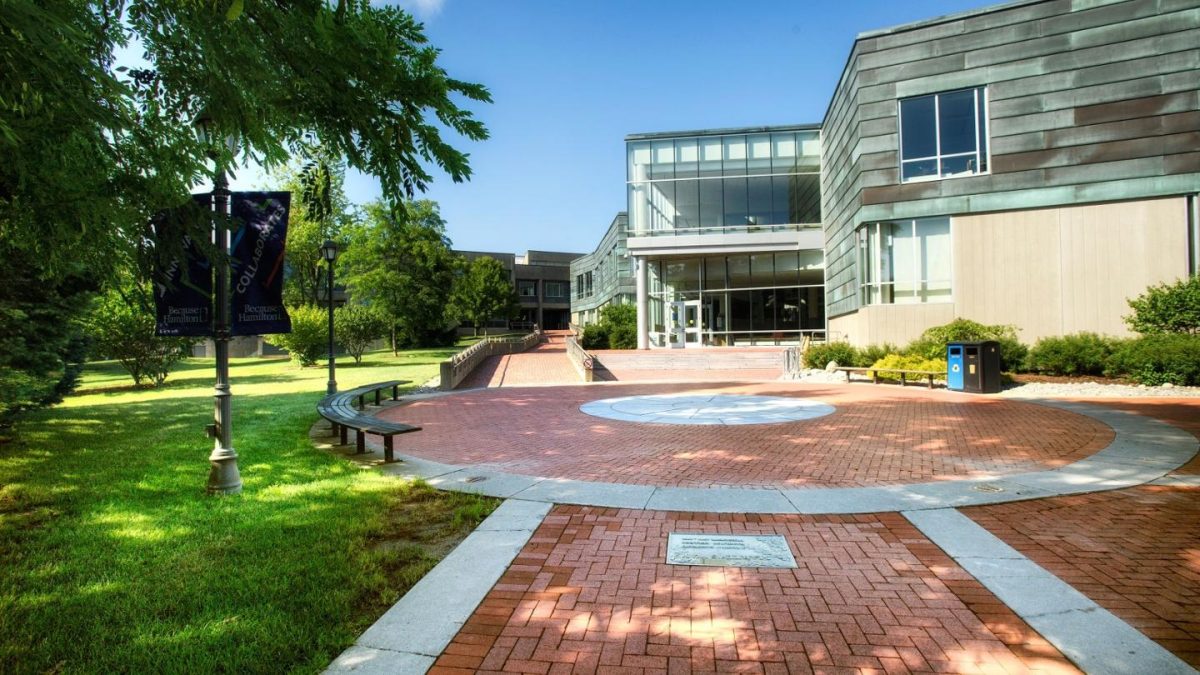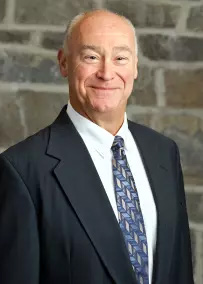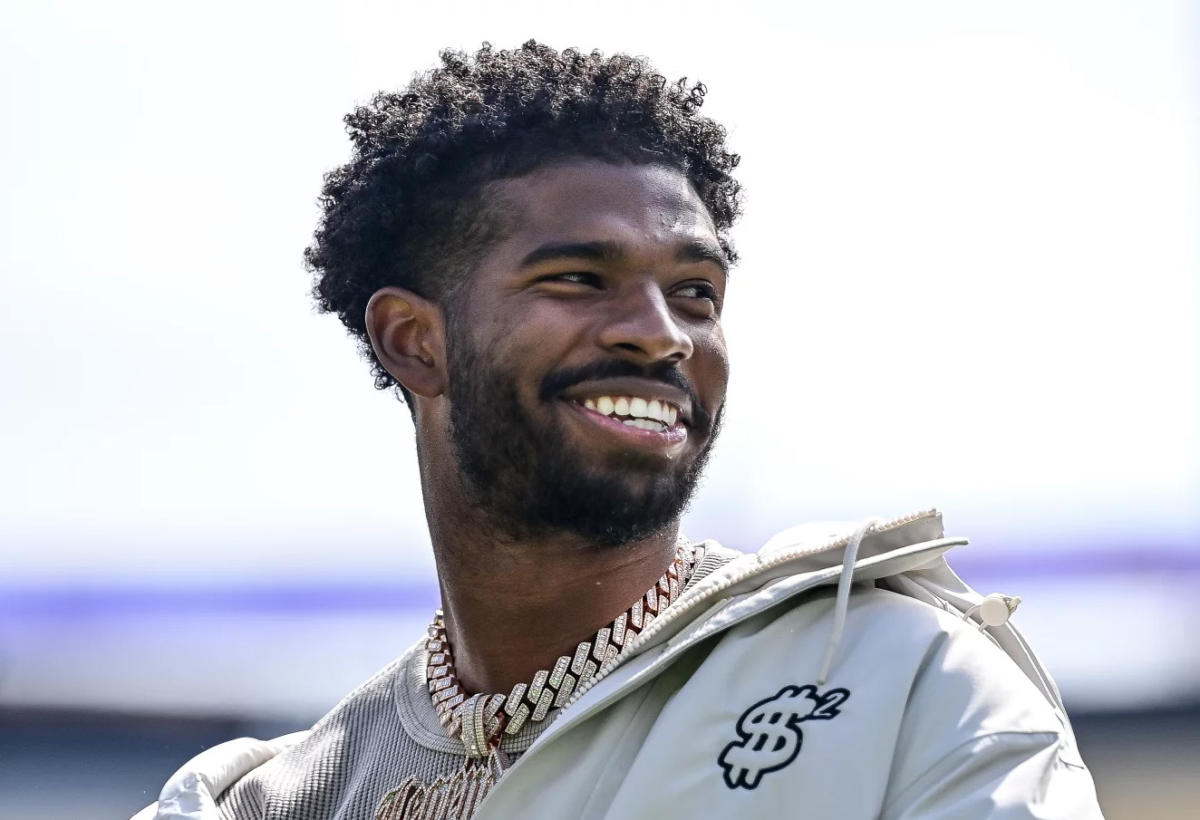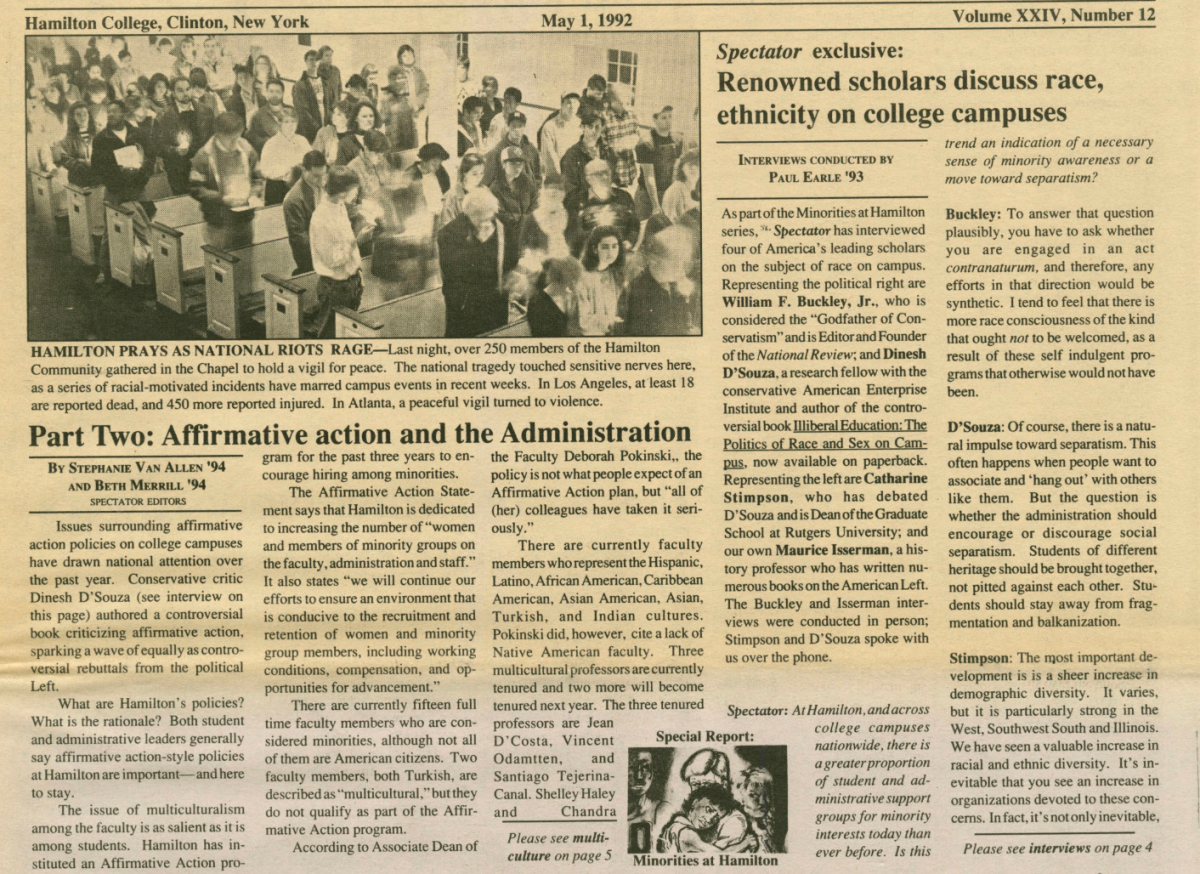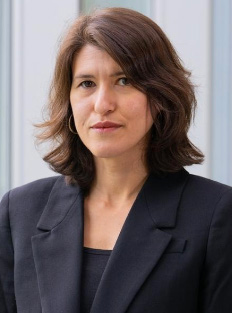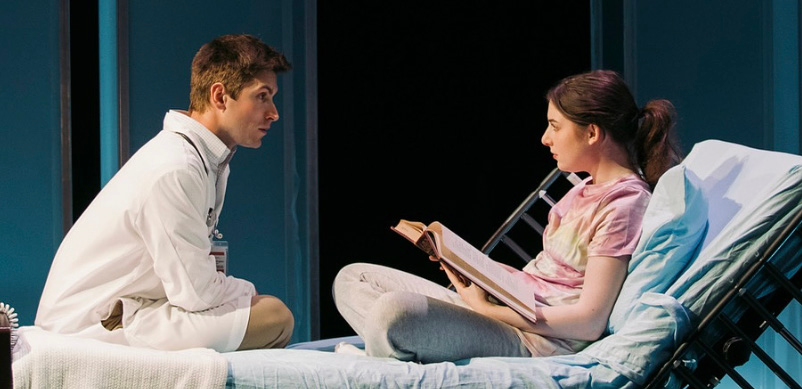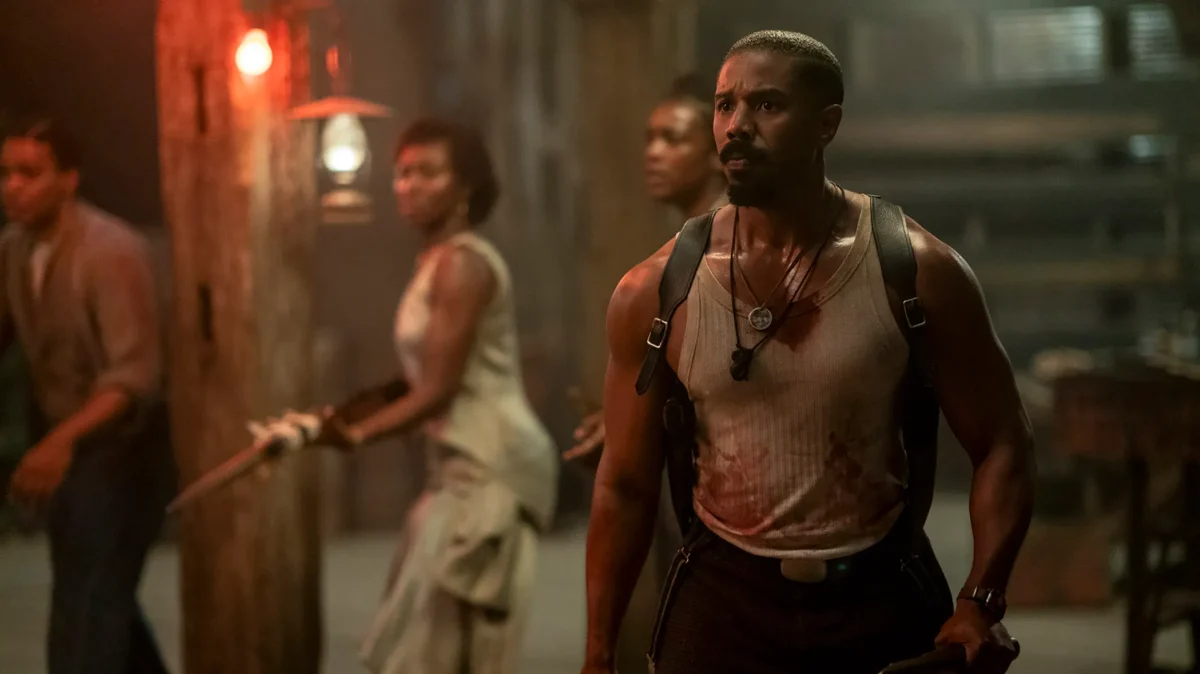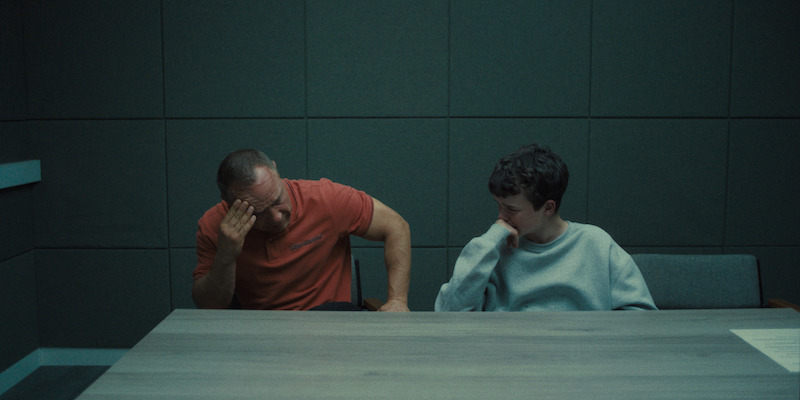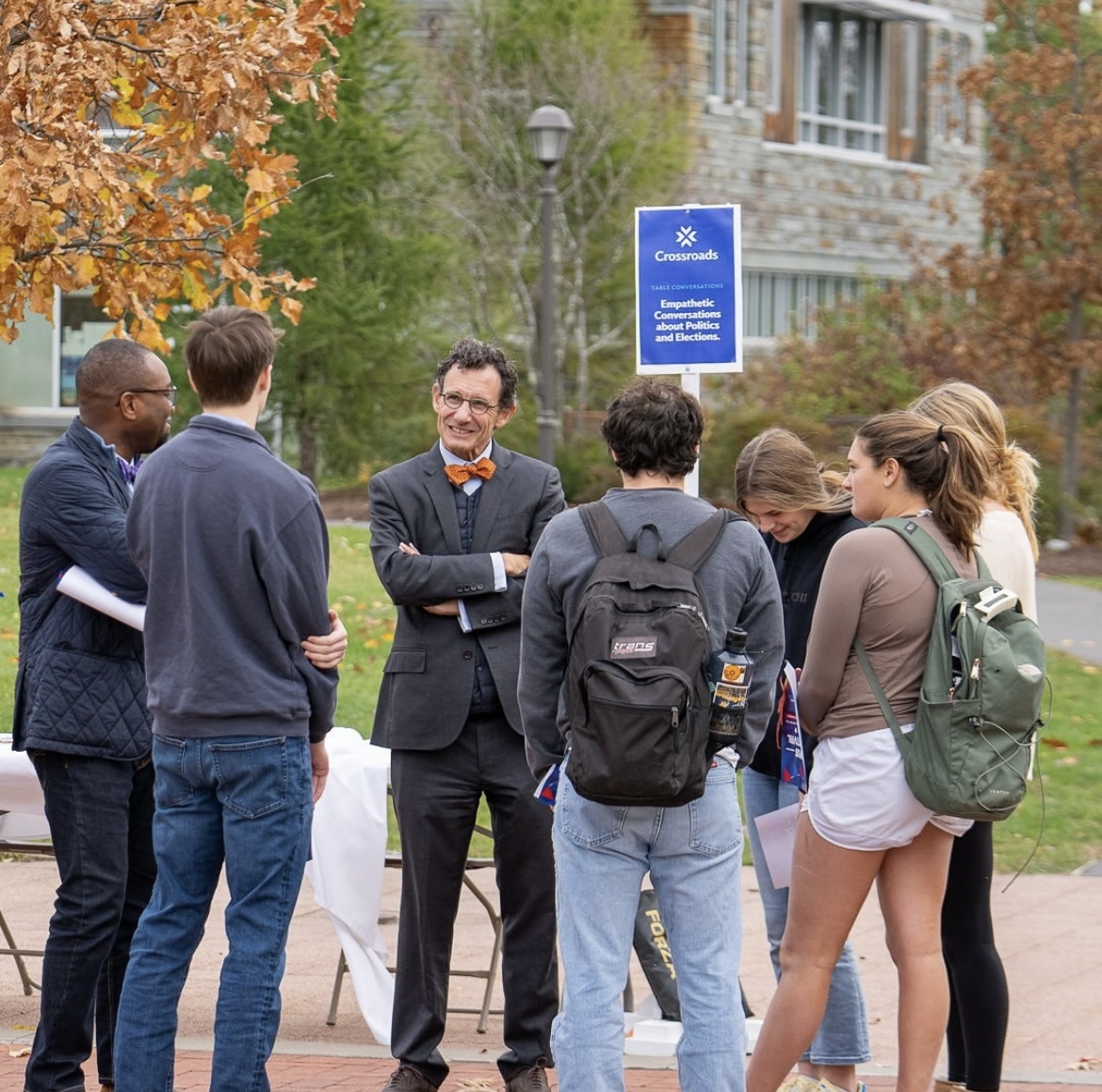by Eric Kopp ’22, Contributing Writer
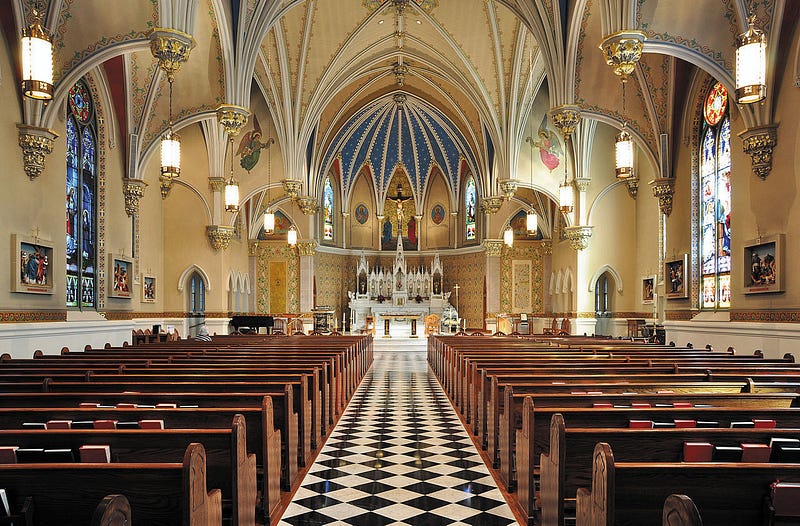
I grew up in the Roman Catholic Church. I grew up being told that church was a safe space where you could strengthen your relationship with God, and that priests looked to help you achieve that goal. The image that was created in my childhood has been shattered; I never thought that these revered figures would use their power to sexually assault teenagers. The stories I’ve read over the past couple of months have made me question whether the Church will be able to truly fix the problems it faces.
This all started about sixteen years ago, when members of
The Boston Globe
’s “Spotlight Team” reported on the rampant child abuse and subsequent cover-ups within the Catholic Church of the Boston area. These problems existed in the Church before the “spotlight” was pointed at it, and unfortunately, they still persist to this day.
Media attention tends to fluctuate on the sexual assault scandals within the Church, and usually dies out a few days after the “latest” incident is exposed. But the Church has continued to protect predator priests by moving them from parish to parish when complaints arise. As a result of this practice, parishes receiving these priests would be unaware of the priest’s previous transgressions, that is, until it started to affect their community and people started to complain. At such a time, the priest would only be shuffled around again. This is how the continual cycle of sexual abuse within the church started and has endured.
With the recent rise of the #MeToo movement, more people have gained the courage to speak out about sexual abuse and their assailants. Today, it doesn’t matter how powerful or influential said person might be or the institution that stands behind them.
In August, a 2-year Pennsylvania grand jury report was released that de-
tailed the past 70 years of sexual abuse in Catholic churches all across the state. According to internal archdiocese records, about 300 priests have sexually assaulted at least 1,000 children. It’s believed that there might be thousands more who haven’t come forward.
The other significant event from this year was the fall of former Archbishop of Washington, Cardinal Theodore McCarrick. He was recently accused of sexually abusing a teenager while he was a priest in New York City in the 1950s. Pope Francis ordered for the removal of McCarrick, who then later resigned from the College of Cardinals, but it’s unlikely that the pope was being proactive. According to Archbishop Carlo Maria Viganò, former Vatican ambassador to the United States, Pope Francis has known about McCarrick’s history since early 2013.
How has this history of sexual assault continued for this long in the Catholic Church? It comes down to one word: power. No one wants to challenge the system that has been in place for centuries because they don’t want to deal with any potential repercussions. That is why Pope Francis chose not to act when he found out about McCarrick — he didn’t want to alienate the American clergy. But now power has shifted.
The #MeToo movement and almost 16 years of fighting has finally changed the minds of Americans, as both New York Attorney General Barbara Underwood and New Jersey Attorney General Gurbir Grewal have taken action into investigating churches that are suspected of having long histories of sexual abuse. These types of investigations wouldn’t have happened during back when the Spotlight Team was reporting in 2002, it’s only happening now because the younger generation is starting to turn against the Catholic establishment.
Millennials and members of Generation-Z are much more likely than their parents or grandparents to consider themselves as atheists or nonreligious, according to a report by the Barna Group. This is a large portion of recent generations who view the Roman Catholic establishment, as well as other religious hierarchies, as power-hungry and a remnant of a more archaic time.
The church’s opposition to the LGBTQ community, contraception, and a whole host of other issues is putting them at odds with a generation that is becoming more progressive in their views. This disconnect in beliefs has shifted power away from the Church, and has even decreased church attendance rates. There are no signs of a Fourth Great Awakening on its way
to reinvigorate American interest in religion. For the church to survive in America during the age of the internet and #MeToo, it has to evolve and prove to our generation that it is in touch with our modern ideals. For what it’s worth, Pope Francis has tried to take steps to somewhat normalize the LGBTQ community in the Church, but has stopped short of full acceptance.
On other issues, Francis has continued to underwhelm expectations of being the “Great Reformer” that he set out to be. But however large or small the progress he has made, it might all be undone by this recent string of events. The covering up of sexual abuse cases are not just examples of the Church’s failure to win back members of the younger generations, they are a symptom of the decline of the Roman Catholic Church as a whole. Every industry and profession deals with some sort of power struggle, whether it’s between a manager and their employees, or politicians jostling for influence and airtime, but we don’t expect it from our priests. It runs against Jesus and his struggle against the Roman Empire and the Pharisees, who themselves became solely obsessed with increasing their power.
Jesus Christ preached that there is only one person who holds power, and that is God. For centuries, the Roman Catholic clergy have been so concerned about the power that they have here on Earth, that it has made their corrupt system the orthodox. It happened during the Middle Ages when the church held all the power in Europe in the papal tiara, but the current church is weak and pales in comparison to its previous might.
The Church’s most recent scandal is representative of the abuse of power that has been rampant in the Church for decades, but it has never been this graphic. This corrupt system paints a picture of a clergy that is more concerned with their petty fights than actually following the message and example of Jesus Christ.
Even Pope Francis, who started with intentions of positive change, has shown he will still play by the old, corrupt system, but that won’t work for the average adherent anymore. The internet has allowed people to see the true colors of the Catholic Church, and therefore has pronounced its death. I truly believe there is no way to save the Roman Catholic Church without drastically altering its organization.
However, most change would not be acceptable to a large amount of clergy and members of the Church. With the reluctance to modernize, the Church’s path towards oblivion is inevitable, and it will continue on this path as it tries to to juggle the demands of the liberal and conservative wings, failing to appease both.
We are watching the death of one of the world’s largest and oldest religions, but like a phoenix, something else will rise in its place. The adherents of Christ’s message will continue practicing their faith, but maybe not as a Roman Catholic. Hopefully, they will reclaim this world for the better.

